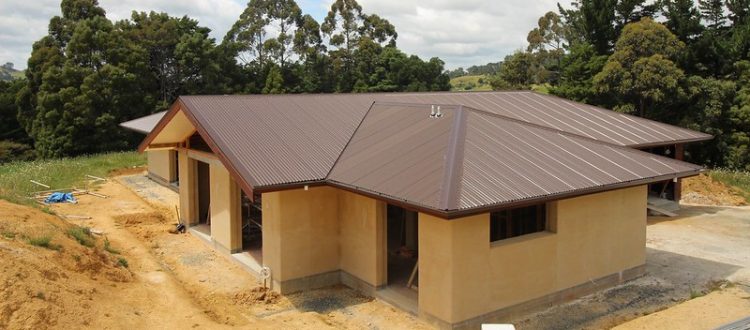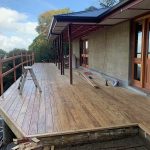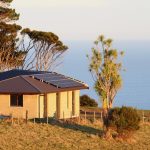Matakana home in Junction Mag!
We were thrilled to be in Junction Mag in January 2018. Here’s the reproduction of the article and the link to see more from this magazine who did a really great job.
The first time Mariska and Cees van Egmond walked into a rammed earth house, they felt right at home.
I first noticed the air. I remember it was in the middle of winter, and I was surprised that I couldn’t smell any dampness inside. It was like the house had a climate of its own, instead of following the outside.
Mariska van Egmund
The family had relocated to New Zealand from the Netherlands in 2006 and lived in several rental properties, before purchasing a traditional timber framed house on South Head.
“Over the years we realised that the houses we stayed in all followed the outside climate very closely: too cold in winter, too hot in summer,” says Cees. “We used heating or air conditioning to stay comfortable. We also noticed issues with humidity and condensation. Our oldest son had sensitive airways, and this gave him asthma.”
Mariska and Cees moved to Matakana in 2014 with their three children Guy, Zeb and Yma. Mariska is a Nia Dance teacher and Cees works as a Product Manager for a software company, with a passion for converting classic cars to electric. Having an interest in both health and sustainability, they decided to look at alternative building methods.
“We kept thinking: How can we solve these issues? How can we do it better? We found Terra Firma Earth Building Company – they build houses in rammed earth from natural and locally sourced materials. We liked the whole concept of massive solid walls and concrete floors, creating a thermal mass. We also read it was the same price to build as a traditional house, but I have to admit it wasn’t really,” laughs Cees.
The building material is primarily a sandy loam, locally sourced in Mangawhai. Springboard Community Works in Snells Beach, an organisation that works with vulnerable young people and runs programmes to help engage and upskill marginalised youth, came to help and learn from the building process.
We like that our home is a bit rough and imperfect. In fact, we make that a feature. We have left the raw concrete and rust marks on purpose. If there’s a stain, or a chip from the kids playing, that’s a part of the style. The house gets its character over time
Mariska van Edmund
To save money and get the unpretentious interior style they wanted, the couple imported their kitchen and bathrooms from IKEA.
“We decided to spend money on a few things that matters, like our bespoke Macrocarpa doors,” says Cees, who used to work as an industrial designer.
In terms of sustainability, the family don’t have to use AC or electric heaters, but do enjoy a fire in winter. The hot water heat pump saves considerable energy by extracting heat from the air. For waste-water the family uses a worm system.
“If we go away for more than a month we put half a pumpkin in the tank to keep the worms fed – a bit like having pets!” says Mariska.
“The Matakana community has been very welcoming,” says Cees. “Mariska runs a food co-op which helps local families buy organic produce at a decent price and with minimal packaging. The local permaculture group came over to see the house and having a brainstorm about the garden design plan, which is the next step for the property. The Matakana Repair Café is also a fantastic initiative and we can’t wait for the next one!”
Cees says that the most sustainable feature of the house is that it will last forever.
“The Pompallier Mission house in Russel – one of the oldest houses in New Zealand – is made from rammed earth,” he says. “And look at the Chinese wall, that’s also lasted for a while!”



